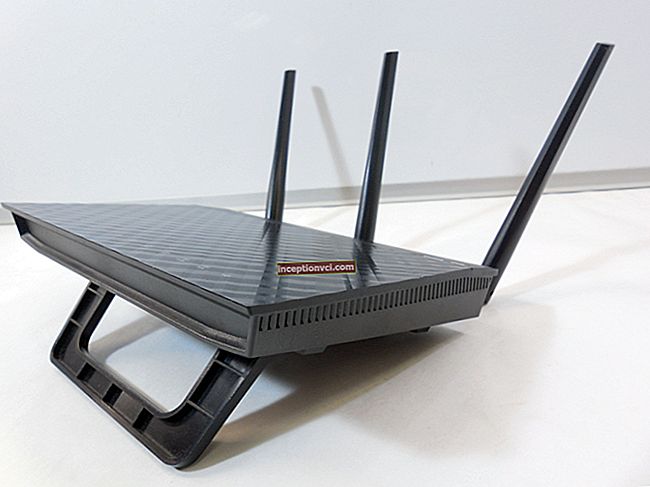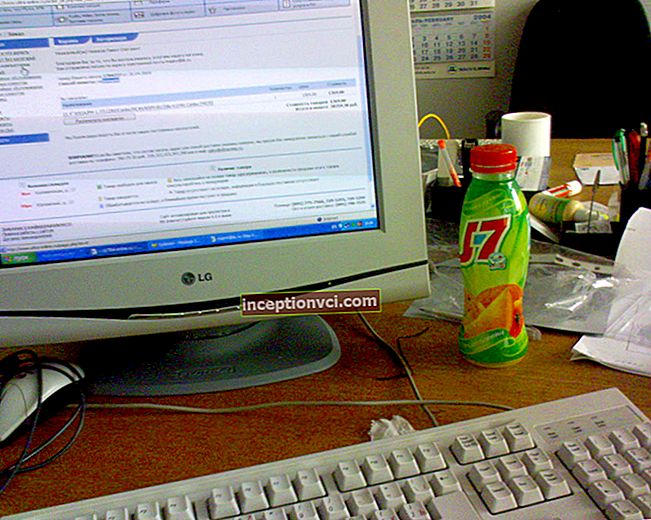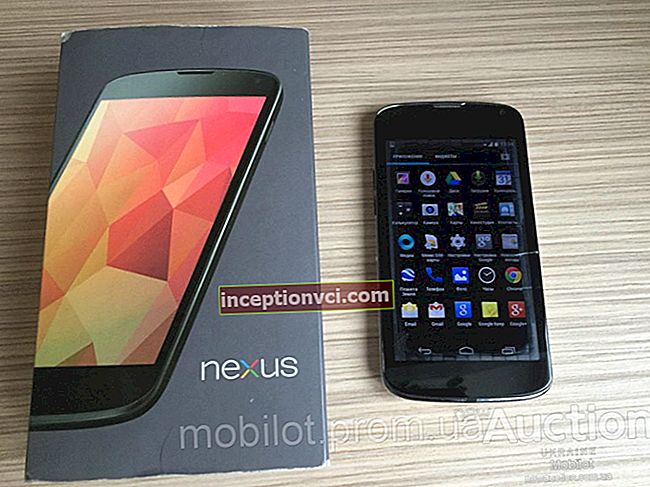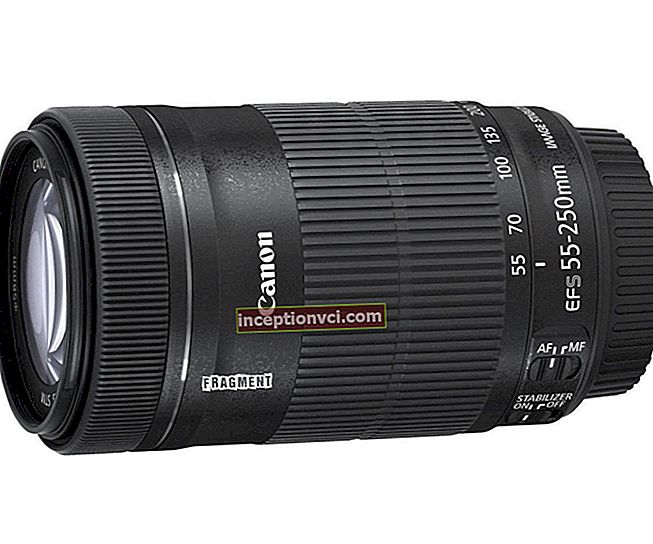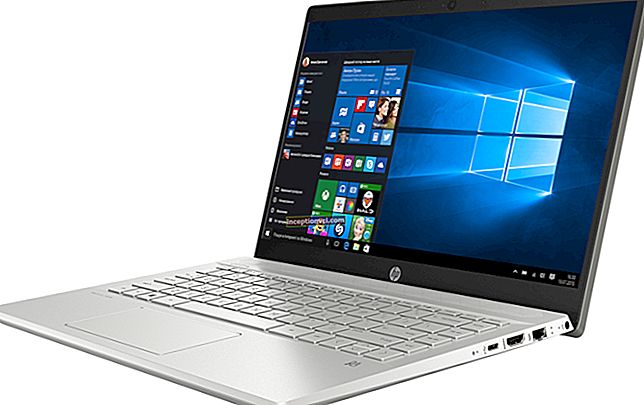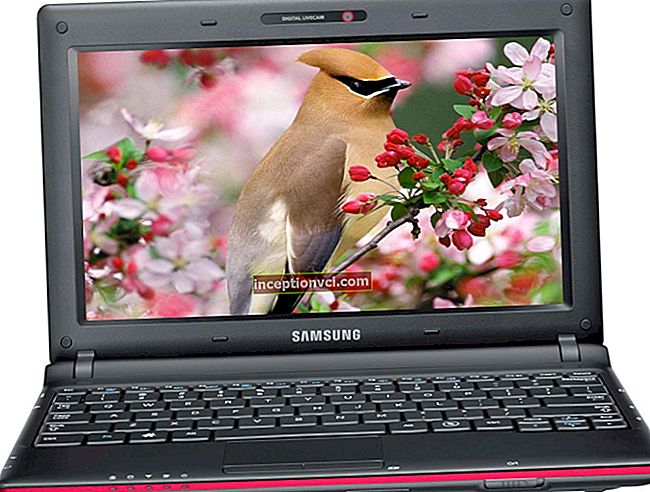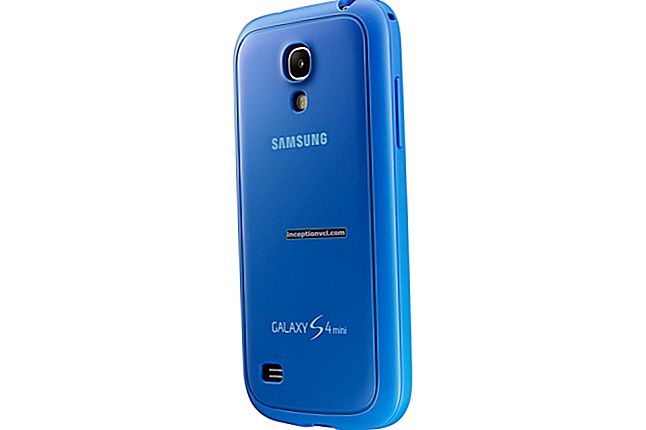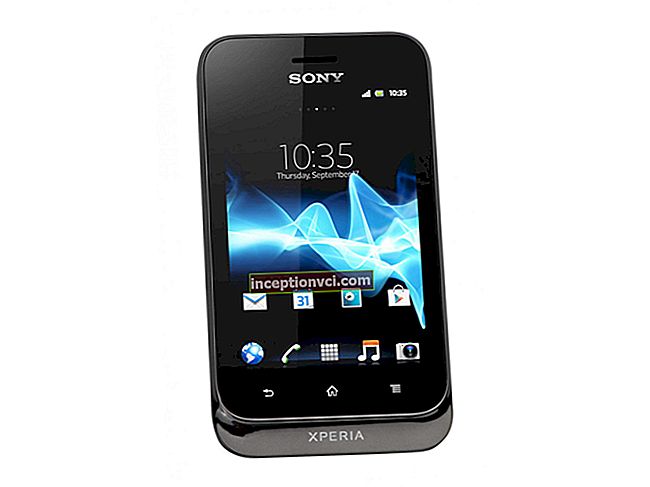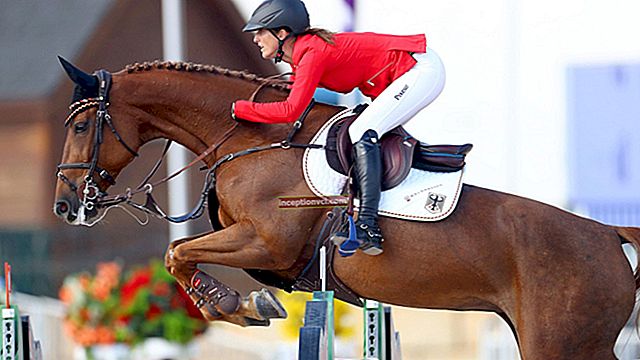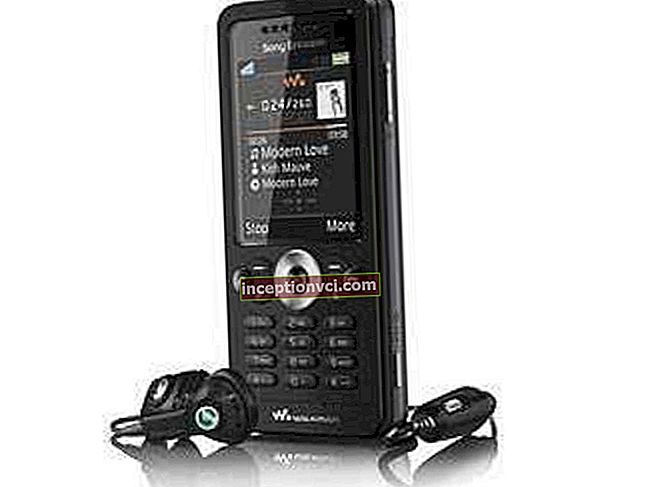Nowadays, more and more communication devices are produced with large touch screens. This technique, of course, is very convenient to use, but such displays require special treatment and care.
How often do you have to wipe fingerprints off touch screens? Do you always have specially designed napkins on hand? How to protect the screen of an expensive tablet from scratches? What can you do to make your communicator look decent and last longer? The answer is simple: a special [protective film] (/ index.php? Action = group & slug = screen_protector_tablet & sort = popular) will help you with this.

This film protects the screen from "fingers" and scratches. Such protective films belong to a series of transparent invisible films, its presence on the screen of your tablet will be invisible, and the protective function will be performed. Protective films are made strictly for certain sizes of displays, so they are very convenient to attach and do not require cutting. Thanks to this film, your device will last longer and the screen will remain new for a long time.
People who actively use photo and video equipment, tablets, PDAs and similar expensive devices value their equipment and take care of it as much as possible. If you use a tablet or phone without a protective film, after about a month there will be many scratches on the screen. Therefore, if your things are dear to you, you need to think about purchasing a similar [protective film] (/ index.php? Action = group & slug = screen_protector_tablet & sort = popular).
There is an opinion that removing the protective film from the screen can damage its top coating. This is not true, since a high-quality screen protector is statically attached to the screen and does not have any adhesive backing. This film does not leave any traces after removing it from the screen and, therefore, is superior in quality to the film glued at the factory. The film is made of high-quality materials that retain full color rendition and do not leave air bubbles when glued. This film consists of three protective layers, made of 100% microfiber based on silicone.
If your device is no longer new and there are already scratches on its screen, then a protective film can also correct the situation. The surface of the display is completely covered with a silicone base of the protective film, and due to this, old scratches are perfectly hidden. Thanks to the protective film, the worn display of your old tablet looks almost like new, which can come in handy if you need to sell it.
The unique properties of this film block 99% of ultraviolet rays emanating from LCD screens, thereby reducing eye strain during prolonged use of the device. Also, a protective film protects the display by 95% from the harmful effects of direct sunlight, preventing it from being damaged by light.
Thus, we can highlight the main advantages of good quality protective films:
The three layers that make up the protective film:

1. The upper (first) layer is a coating comparable to glass in terms of hardness and resistance, resistant to damage.
2. Middle (second) layer - made of 0.125 mm polycarbonate film. Due to this layer, the protective film becomes more elastic and capable of absorbing ultraviolet rays and performing an anti-reflective function.
3. The third layer is a silicone coating that adheres perfectly to smooth, cleaned surfaces and does not leave air bubbles.
There are different types of screen protectors: [matte] (/ index.php? Action = group & slug = screen_protector_tablet & sort = popular & v% 5B1656% 5D% 5B% 5D = matovaya-5), [mirror] (/ index.php? Action = group & slug = screen_protector_tablet & sort = popular & v% 5B1656% 5D% 5B% 5D = zerkalnaya-1), [transparent (glossy)] (/ index.php? action = group & slug = screen_protector_tablet & sort = popular & v% 5B1656% 5D% 5B% 5D = glyancevaya-5), [ privacy filter films] (/ index.php? action = group & slug = screen_protector_tablet & sort = popular & v% 5B1656% 5D% 5B% 5D = filtr-konfidencialnosti), as well as protective [rear panel films] (/ index.php? action = group & slug = screen_protector_tablet & sort = popular & v% 5B1656% 5D% 5B% 5D = dlya-zadney-paneli), including decorative ones.
Consider the differences between the two main types - matte and glossy. Each of them has pros and cons. The matte protective film leaves fewer fingerprints, it has anti-reflective properties, it is easier for a finger to slide over it and it is resistant to damage. But the image quality suffers a little at the same time - it becomes a little grainy (this is especially noticeable on a white background). But over time, you will get used to it and stop noticing.
In turn, glossy film does not negatively affect image quality, but it is easier to scratch, it reflects and fingerprints are more visible. That is, the main function of a glossy film is a protective one.
But, trying to take into account all of the above features, they began to come up with new technological films that combine the positive qualities of the described models. For example, the American company [SGP] (/ index.php? Action = group & slug = screen_protector_tablet & sort = popular & v% 5B1% 5D% 5B% 5D = SGP) produces Steinheil Ultra Optics film, which is something between matte and glossy. This film does not affect the image, while the glare is less than glossy, and fingerprints are less visible on it.

If you do not like that in a public place someone can see personal information on the screen of your tablet, you can use a specially designed screen protector with a privacy filter. It will be enough to turn on this filter and the viewing angles will be reduced.
Sometimes you can hear about some of the inconveniences associated with the use of protective films. For example, the contrast of the image decreases or the pressure sensitivity of the touch screen decreases. To avoid such shortcomings and problems, you need to purchase high-quality protective films from trusted manufacturers, and not cheaper fakes. And then you will only know about such problems from your more economical acquaintances.
How to glue a screen protector.
It is known that air bubbles are formed during the gluing of protective films due to dust particles falling under the film during its gluing. It is best to stick the protective film in the least dusty room, for example, in the bathroom. To slightly reduce the amount of dust in the room, you can slightly humidify the air from the sprayer just before gluing. Some even moisten the film itself before gluing - water and air are squeezed out of it, and dust bubbles become less.
Then follow these steps:
